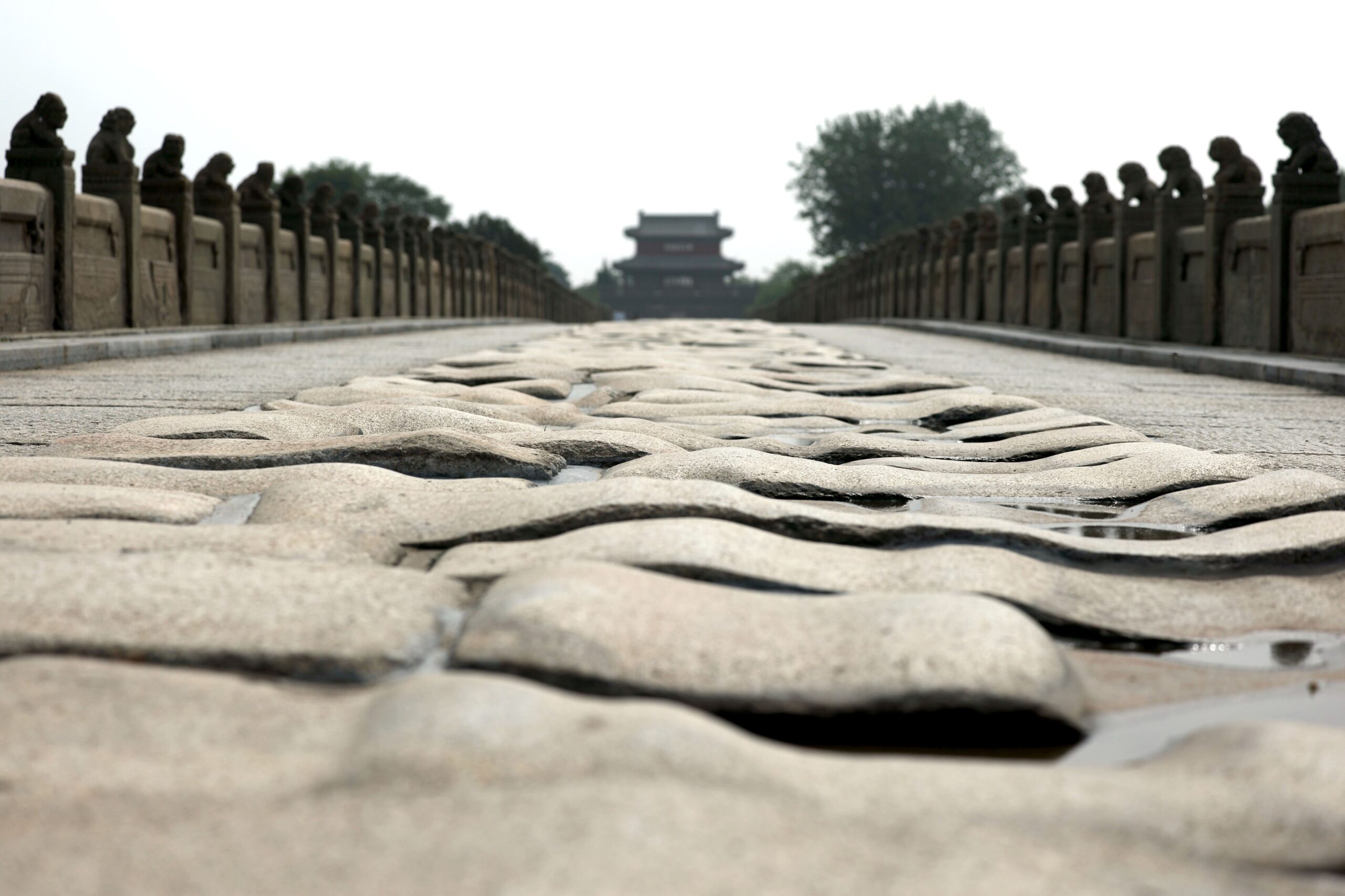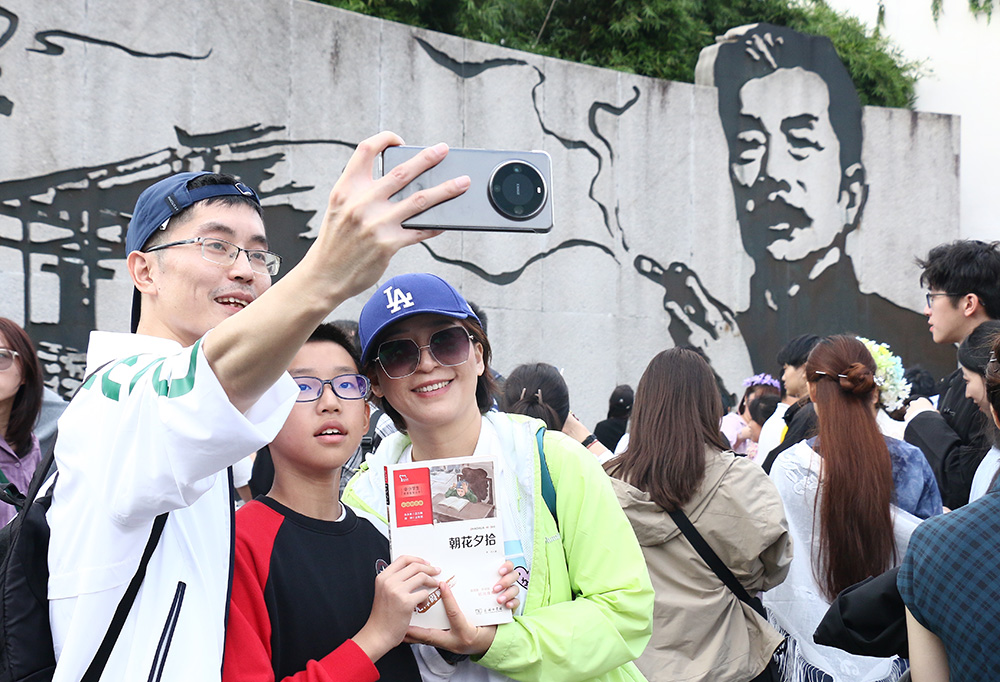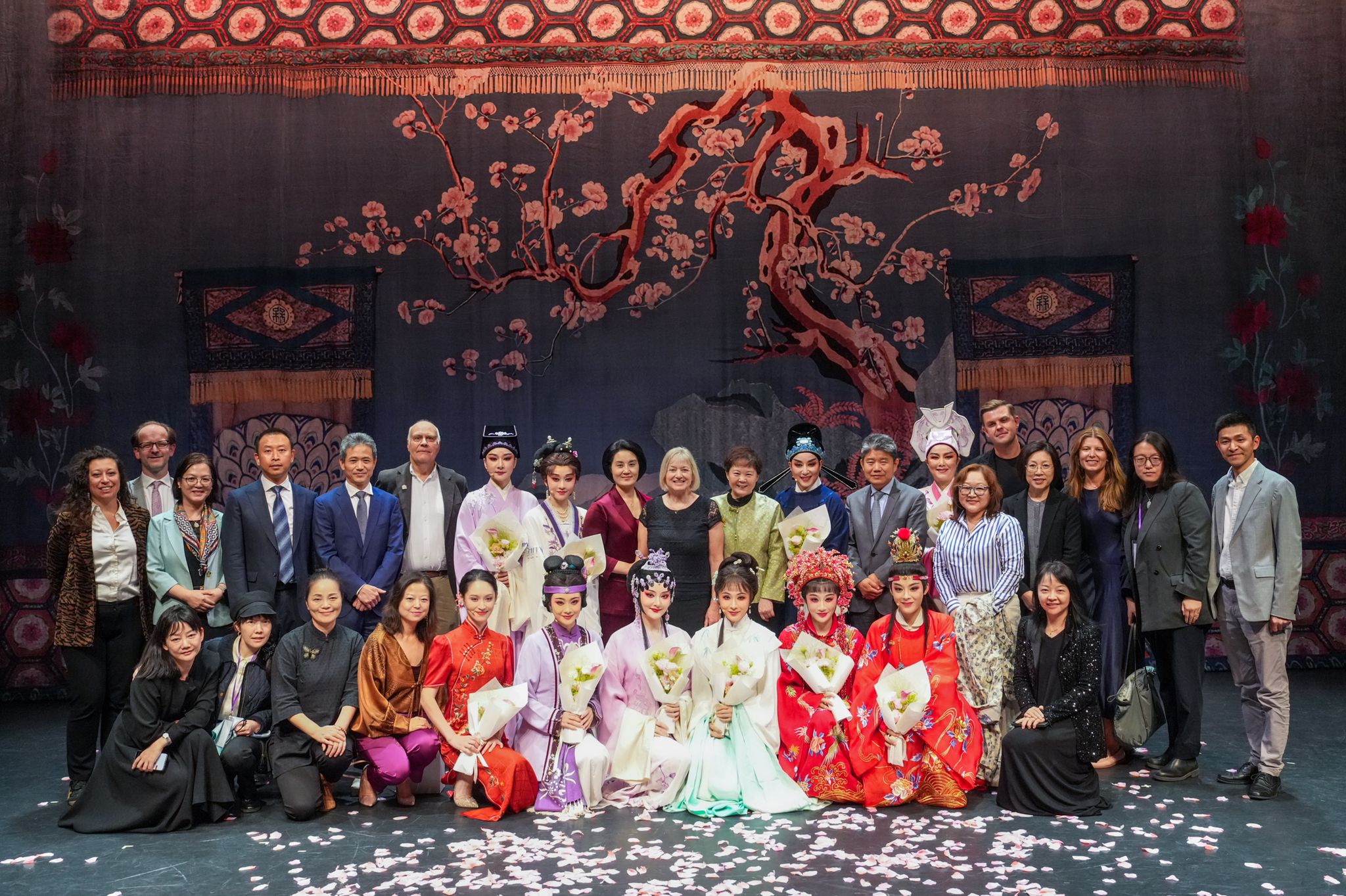Discover Liangzhu’s legacy through jade crafting and digital innovation at this UNESCO World Heritage site.
Recently, at the hands-on workshop in the Liangzhu Ancient City Ruins Park in Hangzhou, Zhejiang Province, Russian visitor Kosareva Kseniia leaned over her workstation, intently focused as she repeatedly polished a water-dampened jade stone with a file—wetting, wiping, grinding, and wiping again. Her rhythmic movements reflected quiet patience and dedication.
“These aren’t just handicrafts,” she said. “Through these physical objects, I want to tell my family the story of a World Heritage site.”

Exploring Heritage Through Hands-On Experience
To mark China’s 20th annual Cultural and Natural Heritage Day, reporters visited three of Hangzhou’s UNESCO World Cultural Heritage sites—West Lake, the Grand Canal (Hangzhou section), and the Liangzhu Ancient City Ruins—to explore how the city is innovating in the protection, inheritance, and revitalization of its cultural heritage.
The Liangzhu culture serves as compelling evidence of over 5,000 years of Chinese civilization. The core of this culture lies at the Liangzhu archaeological site in Hangzhou.
The Origins and Significance of Liangzhu
Where Did Liangzhu Come From?
The name “Liangzhu” means “a beautiful islet amid water.” The site was first discovered in 1936. On July 6, 2019, the Liangzhu Ancient City Ruins were officially inscribed on the UNESCO World Heritage List.

“Extensive archaeological evidence clearly shows that Liangzhu had already developed into a civilized society as early as 5,300 years ago. It represents the earliest known state-level civilization in China, and also the earliest in East Asia,” said Chen Shoutian, Vice President and Secretary-General of the Zhejiang Provincial Association for the Protection and Utilization of Cultural Relics.
In international academic discourse, a society is typically considered a civilization only if it meets three criteria—evidence of writing, metallurgy, and urbanization—confirmed through archaeological excavation.
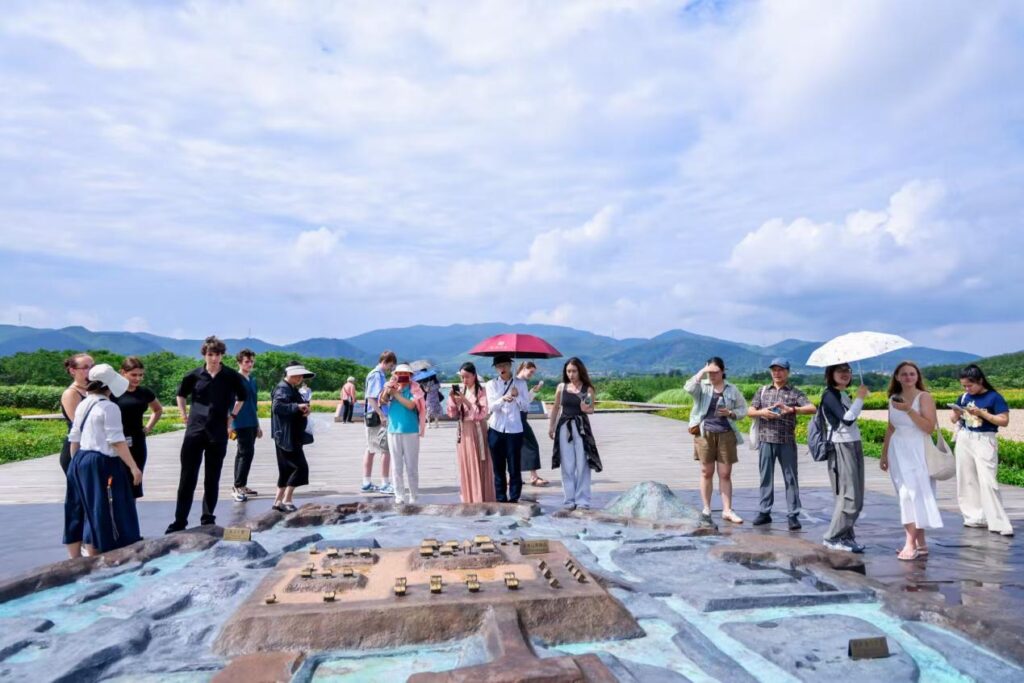
Zhao Hui, former Dean of the School of Archaeology and Museology at Peking University, stated in an earlier interview that prior to the discovery of the Liangzhu Ancient City Ruins, many Western scholars believed China’s earliest civilization emerged around 3,500 years ago during the Shang Dynasty.
Since the 1980s, however, a series of major archaeological discoveries—particularly those related to the Liangzhu city site and its surrounding hydraulic systems—culminating in its UNESCO World Heritage listing, have led the international academic community to change its views. Many globally renowned archaeologists now openly recognize that “the Liangzhu society had already entered the stage of early state civilization 5,300 years ago.”
The Spiritual Core of a Jade Civilization
The people of Liangzhu held jade in the highest esteem and used it extensively. As a result, archaeological excavations have uncovered large quantities of exquisite jade artifacts such as cong and bi.

“Only after trying it myself did I truly realize how advanced the jade craftsmanship of the Liangzhu people was 5,000 years ago,” said Zhao Zhao, a young visitor from Shaoxing, Zhejiang, as he polished a piece of jade. “Experiencing it near the archaeological site gives me a surreal sense of crafting side-by-side with our ancient ancestors across millennia.”
Bridging Past and Future with Innovation
As one of the representative cultures in China’s broader initiative to trace the origins of its civilization, Liangzhu is not only a cultural treasure of China, but also a shared legacy of all humanity.
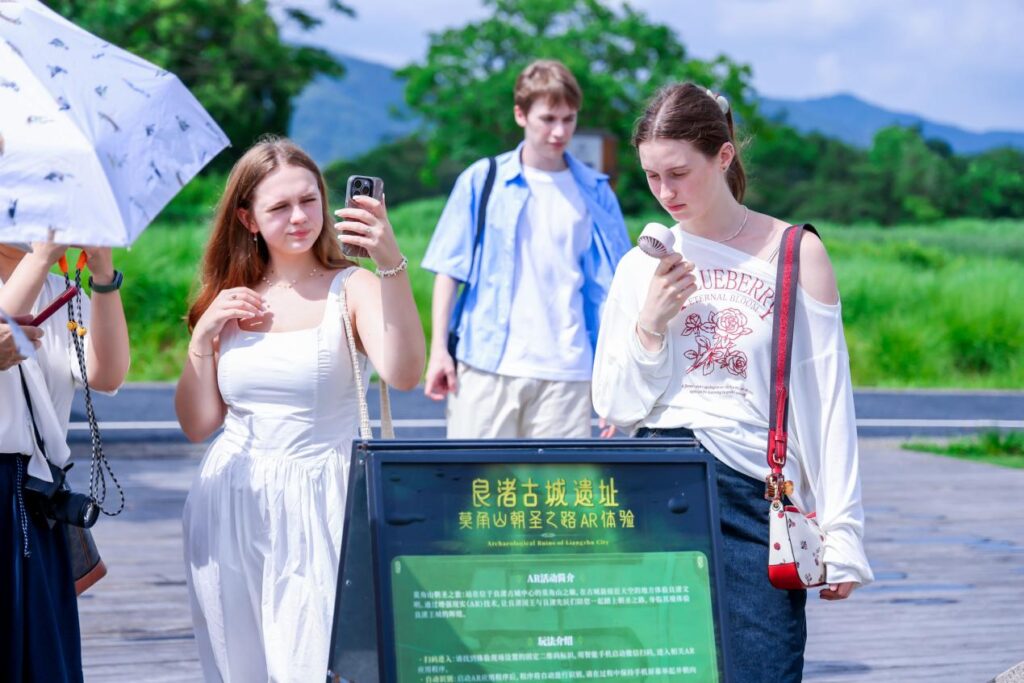
Today, the Liangzhu culture is being revitalized through ongoing innovation. Leveraging Zhejiang and Hangzhou’s strengths in the digital economy, efforts are underway to develop digital products based on the Liangzhu culture, enabling the world to truly “see and understand Liangzhu.”
“Profound heritage, exquisite relics.” At the Liangzhu Museum, the moment a visitor puts on AR glasses, virtual 3D artifacts spring to life in the palm of their hand, creating a mesmerizing fusion of antiquity and modernity.
With the smart integration of contemporary technology, distant history is no longer confined to cold text and static images—it becomes vivid, interactive, and engaging.
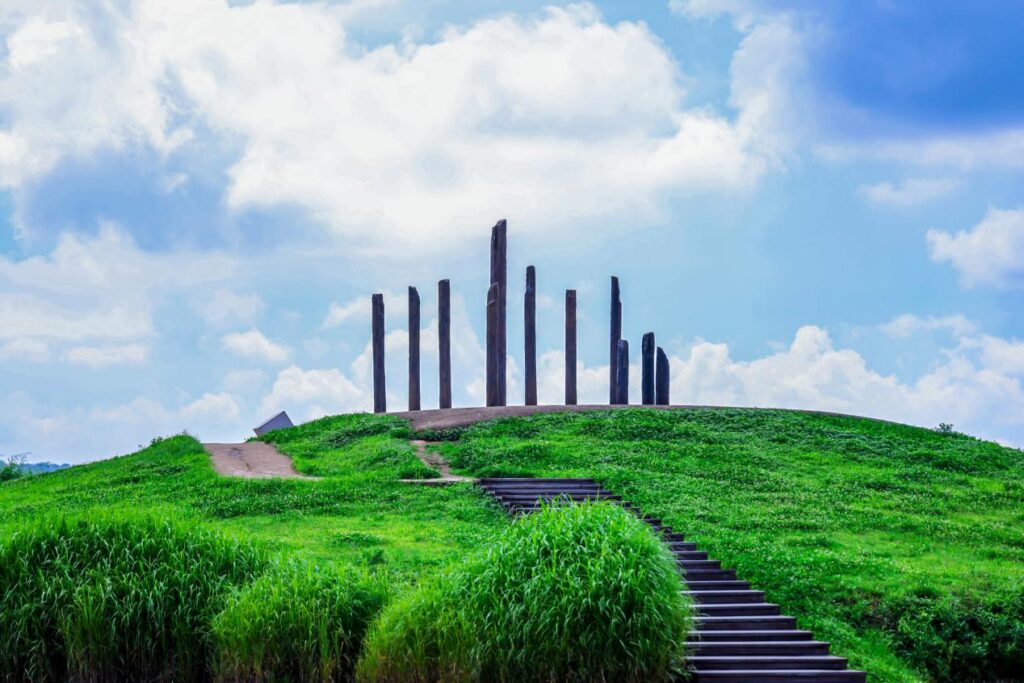
An International Cooperation Framework
According to Wang Shu, Party Secretary and Director of the Liangzhu Ruins Administrative Committee, the local government has adhered to the principle of “protection first” while building the Liangzhu Ancient City Digital Experience Hall.This facility has launched a series of innovative programs such as virtual spring tours, livestream events, and online exhibitions, offering visitors fresh and engaging ways to deepen their understanding of Chinese civilization.
Meanwhile, in an effort to foster dialogue between Chinese civilization and other world civilizations—and to share the story of this “sacred cradle of civilization” with the global community—Liangzhu is actively building a “bring in and go out” international cooperation framework.Platforms such as the Liangzhu International Archaeological Center and China’s first national-level archaeological specimen warehouse dedicated to a key heritage site have since been established.
If you liked this article, why not read: Liangzhu: China’s 5,000 Year Old Neaolithic Jade Capital



